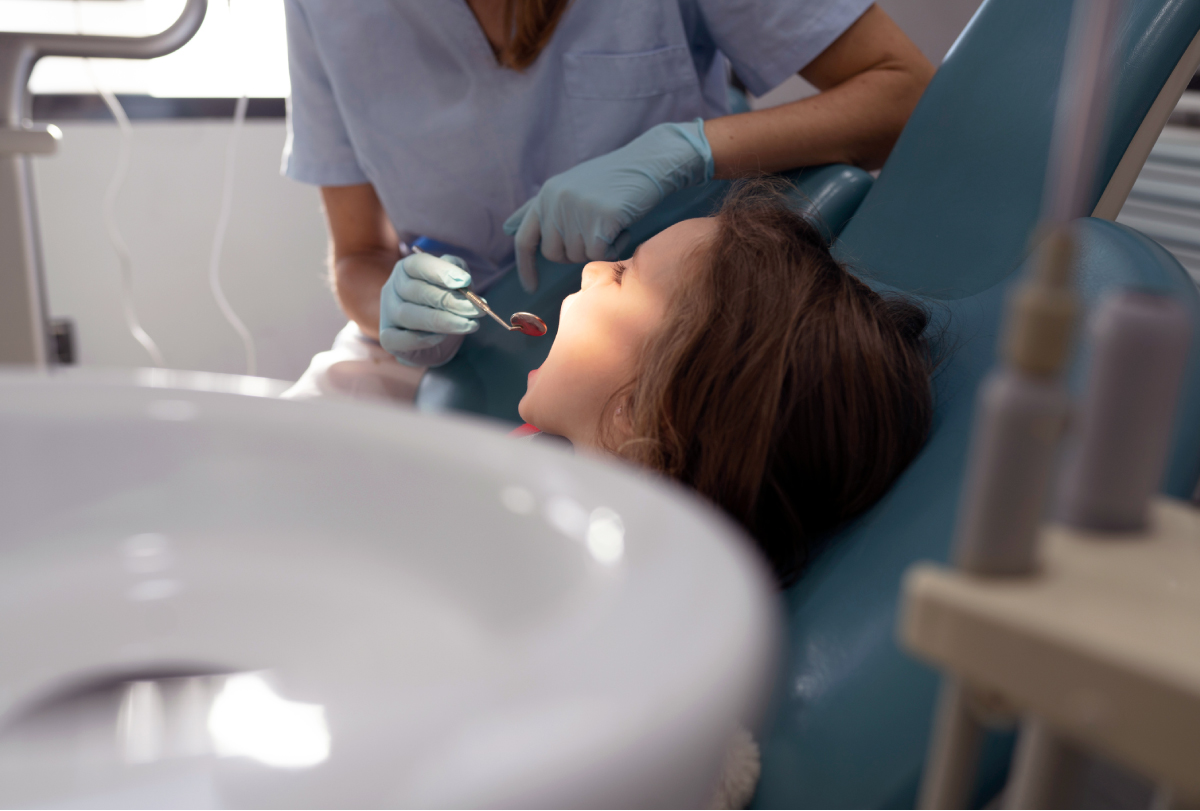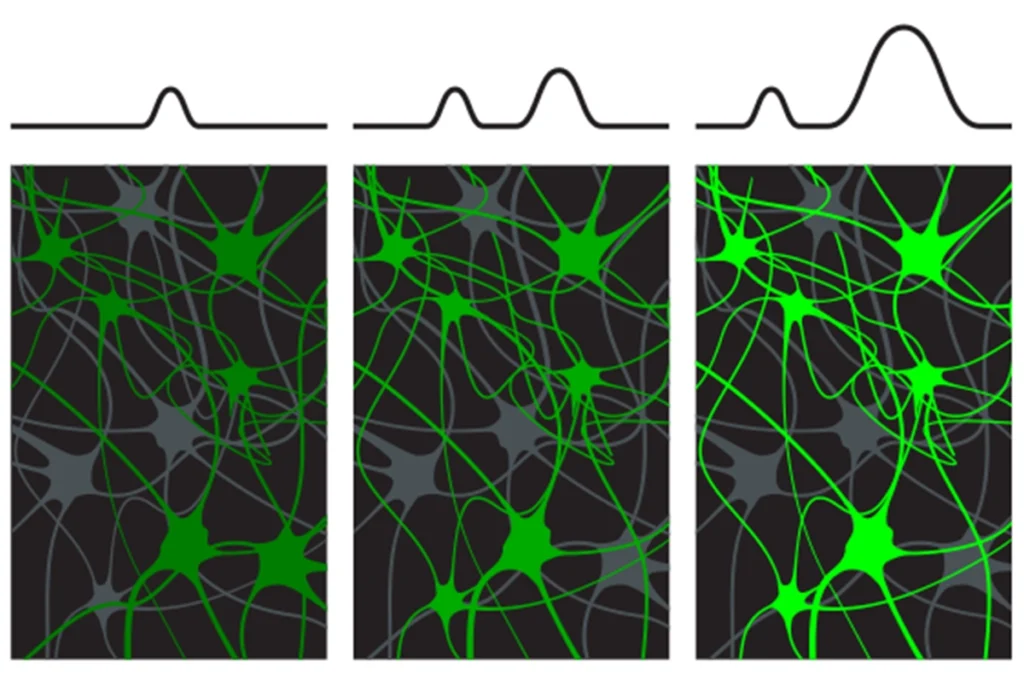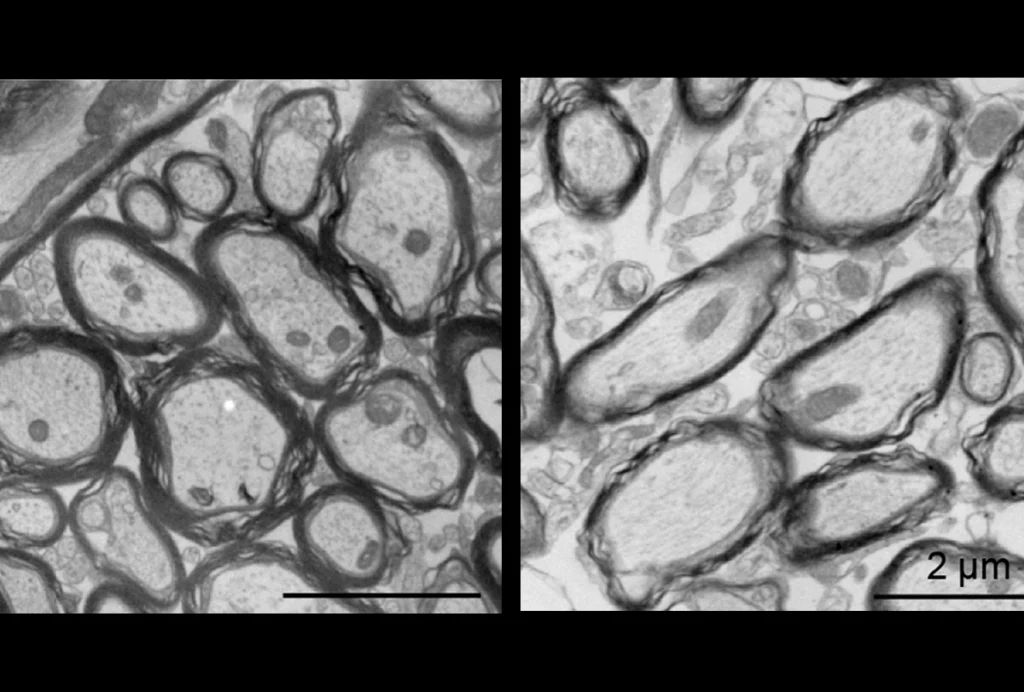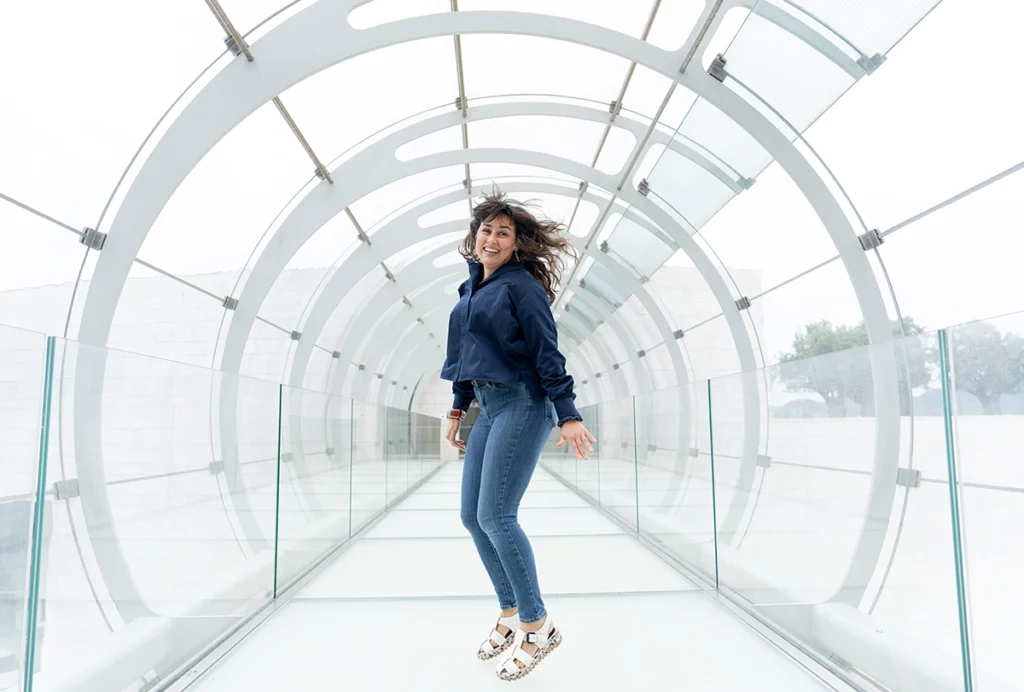A trip to the dentist — replete with buzzing tools, squirting water and bright lights — can prove uncomfortable for anyone. But these experiences may be especially anxiety-provoking for autistic children with sensory sensitivities, so much so that it impedes their ability to get care.
Some simple modifications in the exam room, however, can help make that sensory environment less overwhelming, says Leah Stein Duker, assistant professor of occupational science and occupational therapy at the University of Southern California. For example, turning off the lights and just using a headlamp, projecting visual effects (such as bubbles or fish) onto the ceiling, playing calm music, and providing a weighted wrap for the child’s body lowered behavioral and physiologic signs of stress for autistic children during routine teeth cleanings, according to a study she and her colleagues published in JAMA Network Open earlier this month.
Spectrum spoke with Stein Duker about how adjustments like these can make health care experiences less fraught for autistic children with sensory sensitivities.
This interview has been edited for length and clarity.
Spectrum: What’s the scope of your research?
Leah Stein Duker: My research looks at the impact of the environment on stress during challenging health care encounters. Before I started my research, I was a practicing occupational therapist. I had a handful of parents ask me for help getting their kid’s teeth cleaned at the dentist. I had never thought about that before.
The more I learned about oral care and the challenges autistic kids face, the more passionate I became to try to help solve the problem. And this study doesn’t solve the problem for everyone, but I think it is a step in the right direction.
S: What is it about visiting the dentist that’s tough for autistic children with sensory sensitivities?
LSD: Everything. The sights, sounds, tastes, touches, smells and movements. The room is often bright with fluorescent lights. You can hear the prophylaxis brush, that spinning mechanical toothbrush that they use on your teeth; you can hear the suction of the straw. It just tastes gross. Reclining back in a chair can feel unsafe, like you’re falling. You have somebody touching your face and the inside of your mouth, which is incredibly sensitive anyway, but especially sensitive to individuals with sensory processing difficulties.
S: How about other health care environments?
LSD: All medical encounters can be overwhelming for kids with sensory sensitivities. The waiting room is incredibly problematic as well. Even though you may think everything looks good and sounds good, it can be perceived differently by different people.
S: Why is it important to adjust the environment and make it less overwhelming?
LSD: One reason is to make sure patients are comfortable and have a successful health care experience. Our study focused on routine dental cleanings, which should leave both the child and the parent feeling good about it at the end, because they happen every six months.
If you’re over-responsive to sensory stimuli, all the stimulation during a cleaning could be overwhelming — or even be perceived as painful — and lead to a behavioral meltdown. Some patients might try to fight the dentist or flee and run away. And if those things are happening, then the dentist can’t actually perform the care they need to do.
Lastly, many dentists say they will not treat autistic kiddos or other children with special health care needs because of the potential for behavioral issues. So it also becomes an issue of access.
S: How can occupational therapy address these issues?
LSD: I think that occupational therapists are uniquely situated to explore the challenges, listen, and then together with stakeholders, create interventions that will provide meaningful change. Occupational therapists have a very holistic way of looking at things. One common approach looks at the person, the environment and the occupation (also known as activity). Oftentimes interventions focus on fixing or changing the person. But in this study, we didn’t want to change the person; we wanted to change the environment and then see if the person could better access the activity.
We spent years talking to the parents of autistic kiddos and dentists who treat autistic kids. We developed the adaptations based on the most common problems they mentioned, within the parameters of what dentists said they needed for their practice. For example, nobody likes the spinning brush, but that’s just part of dental care.
S: What are the next steps?
LSD: We are going to extend and modify the adaptations for autistic adolescents and adults. We also want to conduct a multi-site effectiveness study at different clinics all across the country. And then third, I’m currently working on ways to improve behavioral and physiologic distress in neurotypical kids. They have dental fear and anxiety too.
S: What can clinicians do to make health care experiences less stressful for their patients with autism?
LSD: In the dental office, there are easy and low-cost interventions that any dentist can do, such as having sunglasses for the child to wear, providing headphones, or using the x-ray bib as a weighted blanket.
And for all the disciplines: If you’re treating this population, talk to the parents. The parents are the expert on their child. They’ll know that their child won’t have a problem with auditory stimuli, for example, but visual stimuli is going to be super problematic. Talk to the kid themselves too.
And if they have an occupational therapist, ask the parent if you can contact them. Interdisciplinary collaboration is something that came up over and over in our interviews, both with parents and with dental professionals. They both really valued when different disciplines talk to each other in order to make care better for the kids.



